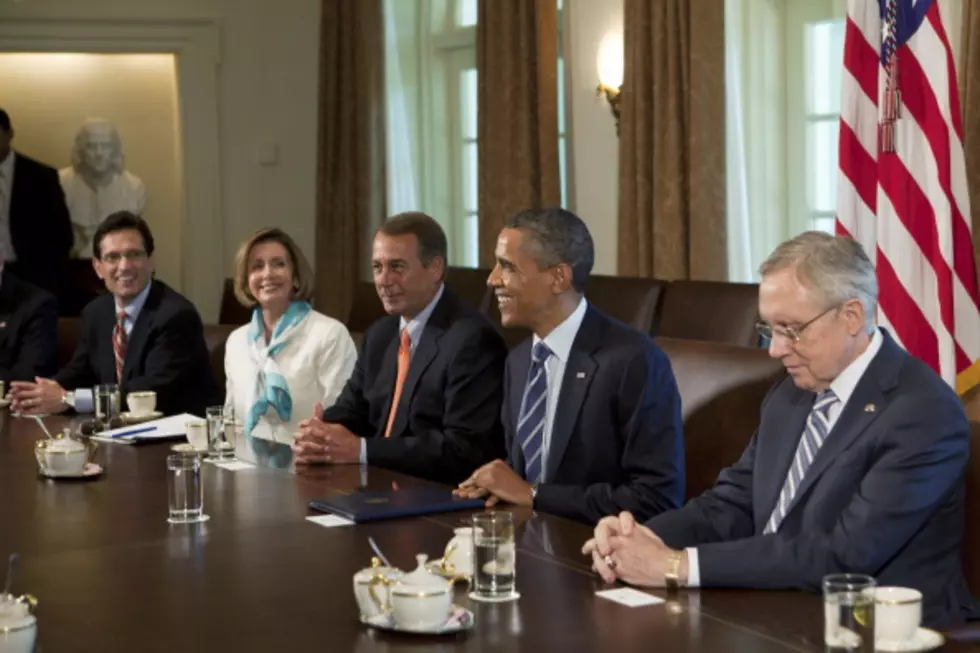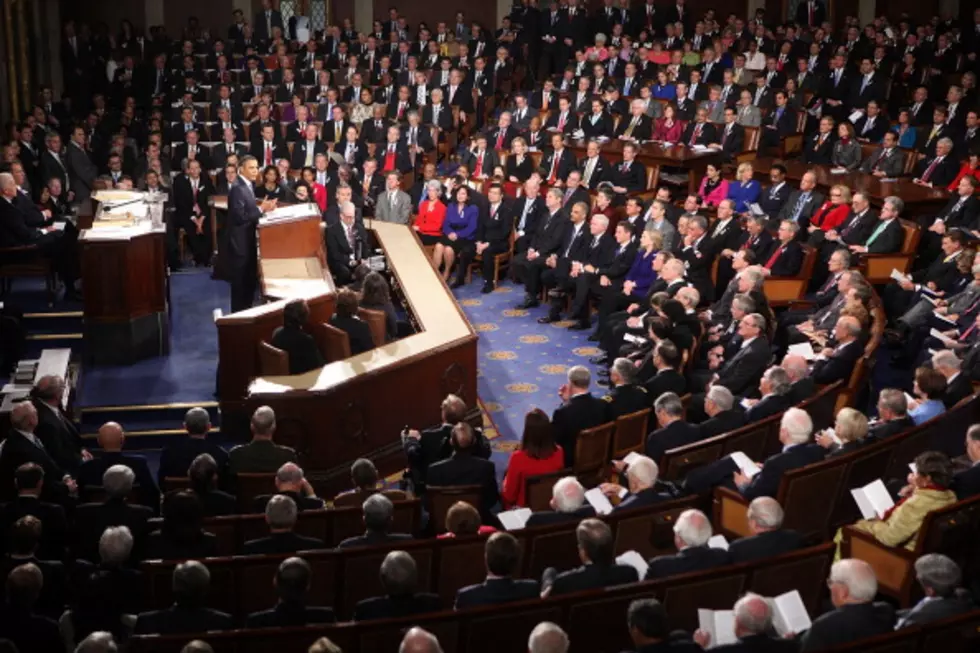
So Here’s the Debt Ceiling Deal
President Barack Obama announced on Sunday that Republican and Democratic leaders have agreed on a last-ditch deal to raise the U.S. borrowing limit and avoid a catastrophic default, and he urged lawmakers to "do the right thing" and approve the agreement.
Here are some of the key provisions in the deal.
* It would allow President Barack Obama to raise the debt ceiling in three steps. Congress would get a chance to register its disapproval on two of these, but would not be able to block them unless it musters a two-thirds vote in both the House and the Senate -- an unlikely prospect.
* It envisions spending cuts of roughly $2.4 trillion over 10 years, which Congress would approve in two steps -- an initial $917 billion when the deal passes Congress and another $1.5 trillion by the end of the year.
* The first group of spending cuts would apply to the discretionary programs that Congress approves annually, covering everything from the military to food inspection.
* Some $350 billion of the $917 billion total would come from defense and other security programs which now account for more than half of all discretionary spending.
* Automatic across-the-board spending cuts would kick in if Congress does not observe the caps in coming years.
* A 12-member congressional committee, made up equally of Republicans and Democrats from each chamber, would be tasked with finding a further $1.5 trillion in budget savings.
* If the committee cannot agree on at least $1.2 trillion in savings, or Congress rejects its findings, automatic spending cuts totaling that amount would kick in starting in 2013.* Those cuts would fall equally on domestic and military programs. Medicare would face automatic cuts as well, but Social Security, Medicaid, federal employee pay, and benefits for veterans and the poor would be exempt.
* The plan also calls for both the House and the Senate to vote on a balanced budget amendment to the Constitution by the end of the year.
Even though leaders of both parties in the House and Senate have agreed on all this, their rank and file members still have to approve it.
More From Newstalk 860









